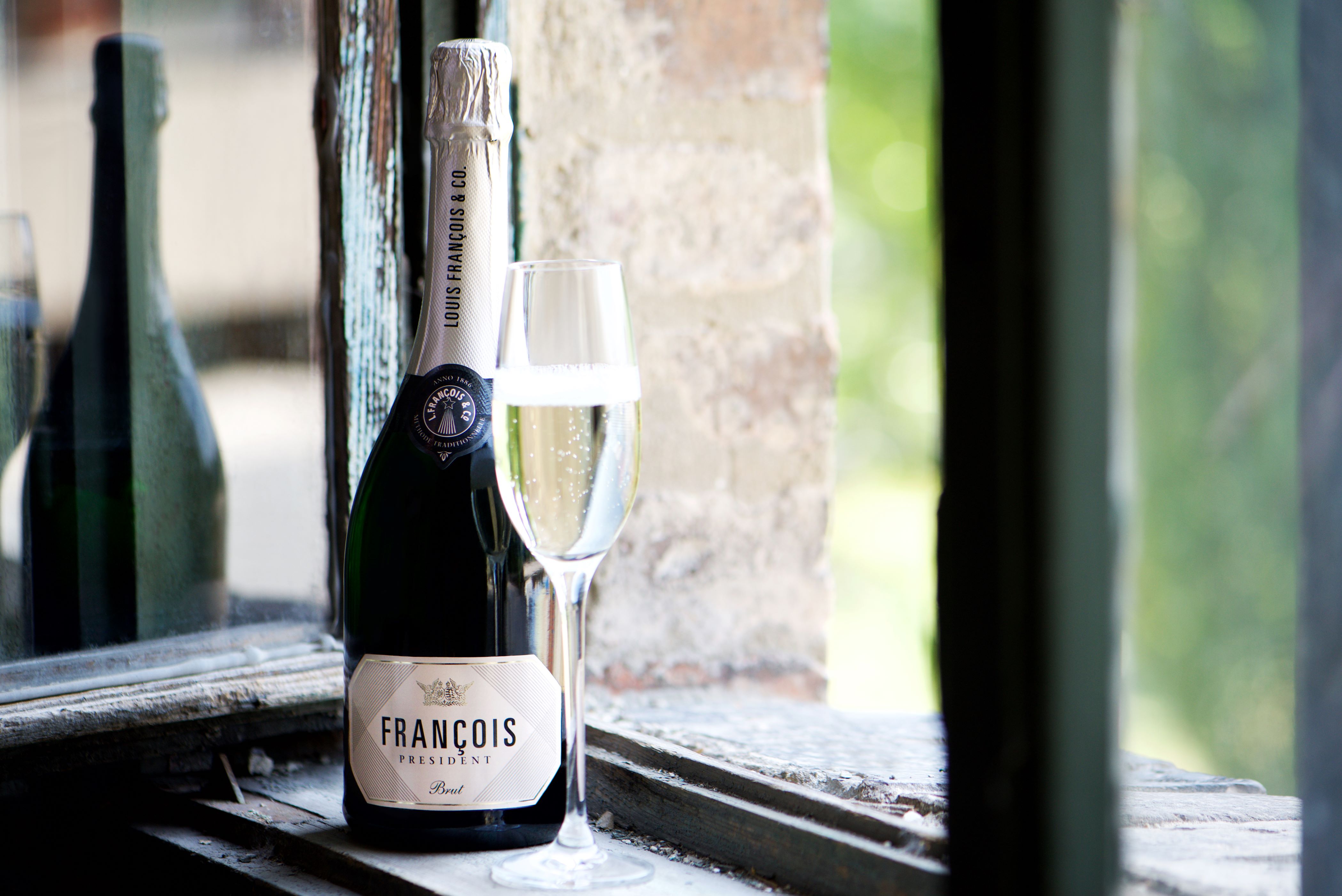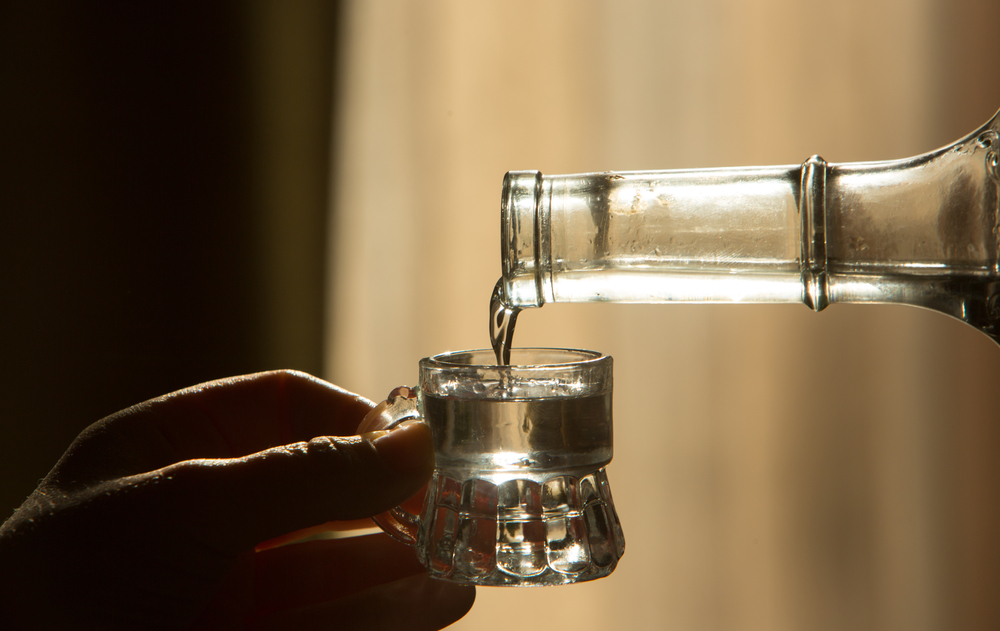It Absolutely Must be Aszú for Advent!

It’s that most wonderful time of the year, to borrow from a famous festive song, when attention eventually turns to Tokaji Aszú, which is Hungary’s greatest gift to the world of wine.
It is considered by to be the best sweet wine in the world; some go as far as to say it is one of the finest wines of all.
On tasting a good Aszú, I usually lament the fact that I don’t indulge in this sublime stuff more often. It’s certainly a shame that most of us only think of cracking open a bottle of Tokaji Aszú on special occasions, such as over the Christmas season.
Worse still, many run for dry wine cover at the very mention of a tipple of Tokaji Aszú, so much has the world turned against the so-called “stickies”, no matter how sumptuous they may be.
The Tokaj wine region, also referred to as Tokaj-Hegyalja (Tokaj-foothills), is sitting on such a rich reserve of awesome Aszú that it is a shame not to partake when in Hungary. For serious wine lovers, it’s really a question of what’s not to like? This is for a number of wine-related reasons.
Tokaji Aszú has serious history and is made from a centuries-old process (yet is boosted and made fresher by modern technology) that is unique compared to the other botrytized wines of the world.
The botrytized berries are picked one-by-one in several sweeps of the vineyard, and are steeped in a base wine made of regular “healthy” late-harvest grapes that have not been hit by botrytis (or so-called ‘noble rot’). To add the historical aspect, a lot of Aszú comes from the first vineyards to be officially classified in the world.
(Szamorodni, from Tokaj, is unusual in Hungary in that it is made in the same way as other great sweet wines like Sauternes, from Bordeaux, with the bunches comprising both regular and botrytized grapes picked together, and then pressed.)
Ticking the Boxes
Terroir-wise, Tokaji Aszú ticks all the boxes required to make fine wine. It’s made for the most part from indigenous grapes with the base usually from the focused and linear Furmint, which is typically beefed up and fleshed out by the fruity and honeyed richness of Hárslevelű, along with several others (although the opulently floral Sárgamuskotály aka Yellow Muscat or Muscat Blanc is an outsider).
The region’s soils are remarkably diverse due to the huge amount of volcanic activity here millions of years ago, with the composition of the soil sometimes varying considerably even in one vineyard. The edgier style of wine from the volcanic-based vineyards makes a nice contrast to the softer, fruitier style coming from more loess-based soils around the town of Tokaj itself.
Tokaj has the conditions that allow the botrytis to develop, by virtue of the high amount of moisture in the air in fall, thanks to the region being influenced by the confluence of the Bodrog and Tisza rivers, as well as a high water table.
The botrytis shrivels the grape to a near raisin-like state and intensifies the sugar, acidity and flavors. However, climate change appears to be disrupting the botrytizing process in some years, although 2019 is a bumper vintage in terms of quantity and quality.
Tokaji Aszú is not the kind of stuff that you can quaff glass after glass, but is to be sipped and savored. A bottle can be enjoyed for several weeks – it has already been exposed to oxygen in its making, through the long barrel ageing, and the high sugar protects it once opened.
As such, Tokaji Aszú is an awesome advent wine, although you might need a couple of bottles to make it through the whole of the four festive weeks, but one might stretch to at least the 12 days of Christmas. It’s such a layered wine that it rewards revisiting with new details revealed on each subsequent sip.
At the table, I don’t care for Aszú paired with sweet desserts, as sweet plus sweet equals sickly and cloying, in my book, but I find it pairs delightfully with stinky, runny cheese, with Tokaji Aszú’s typically tingling acidity slicing fabulously through the fat.
Layered and Complex
Rather than being a so-called dessert wine, I also find it to be ideal actually in place of pudding. In any case, sweet is perhaps not the best way to describe these botrytized beauties, the best of which are as layered as they are rich, with incredible length and complexity driven by the Furmint grape’s angular acidity that cuts through the residual sugar (in excess of 150 grams per liter for a six puttonyos). This gives endless length and prevents the wine from being cloying.
I was fortunate enough to recently taste three six puttonyos offerings from the same producer (Barta from the Tokaj town of Mád) and the same vineyard (the remarkable looking Öreg Király dűlő, comprising volcanic rhyolite tufa with some zeolite and red clay) but from different vintages, and it is a joy to the senses how these magical wines slowly mature and change character with every passing year.
The 2016 Barta Öreg Király dűlő six puttonyos is lemon colored, fresh and citrusy, even grassy, with some of that intense apricot jam/dried apricot scent, which for me is the classic botrytis note, then lemon drops and freshly squeezed lime, with a very long and lingering palate, with the kind of zesty acidity that will keep it for years. It is not yet in the shops.
The 2013 six puttonyos is yellow-golden colored and has tropical and caramel notes to and is creamier and rounder on the palate, soft and very long. It costs HUF 35,000 from the winery.
The no longer available 2008 is starting to pick up a deeper color (orangey or amber in this case), as older Aszú does, and tertiary notes of ageing, such as tobacco, dried fruit, sultana and dates, and this one has the kind of stony minerality that writers so often allude to, but for me so rarely really comes through. Indeed, everything can really come through in a good Tokaji Aszú.

SUPPORT THE BUDAPEST BUSINESS JOURNAL
Producing journalism that is worthy of the name is a costly business. For 27 years, the publishers, editors and reporters of the Budapest Business Journal have striven to bring you business news that works, information that you can trust, that is factual, accurate and presented without fear or favor.
Newspaper organizations across the globe have struggled to find a business model that allows them to continue to excel, without compromising their ability to perform. Most recently, some have experimented with the idea of involving their most important stakeholders, their readers.
We would like to offer that same opportunity to our readers. We would like to invite you to help us deliver the quality business journalism you require. Hit our Support the BBJ button and you can choose the how much and how often you send us your contributions.







